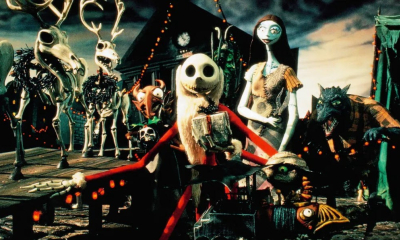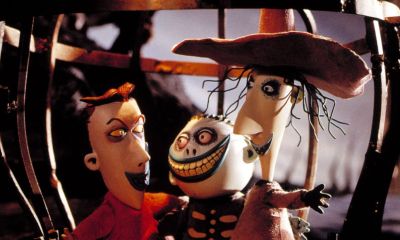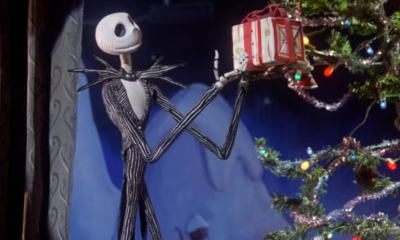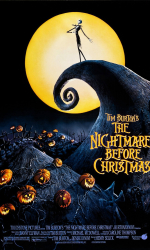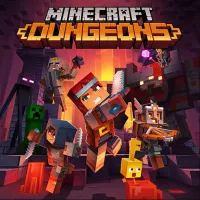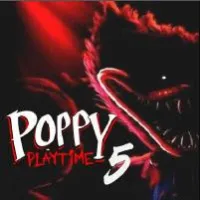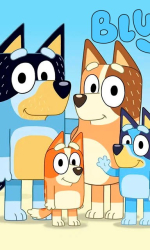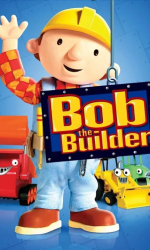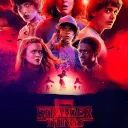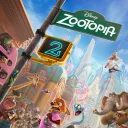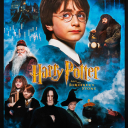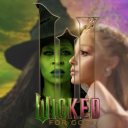The Nightmare Before Christmas Review
The Nightmare Before Christmas
It isn't every day that a film takes you on a journey into a world that is so uniquely immersive and imaginative. "The Nightmare Before Christmas," directed by Henry Selick and conceived by the visionary Tim Burton, provides just such an experience. Instead of presenting us with familiar landscapes and predictable narratives, the film invites us into an entirely crafted universe that's as intriguing as it is unfamiliar.
From the moment the film begins, with its eerie yet charming overture, I was captivated. The macabre yet whimsical world of Jack Skellington and the residents of Halloweentown held me in thrall. I found myself eager to explore every nook and cranny of this fantastical place, and the movie did not disappoint.
Historical Context
Understanding the historical context of "The Nightmare Before Christmas" enhances the appreciation of its groundbreaking animation. Released in 1993, this film emerged at a time when animation was dominated by traditional 2D techniques. With the groundbreaking use of stop-motion animation, it broke conventions and set a new standard for the genre.
The movie is an offshoot of Burton's earlier works, where his distinct style first began to emerge during his tenure at Disney. The studio's willingness to take a risk on an unconventional project like this was a testament to Burton's persuasive creativity and the growing interest in diverse forms of storytelling.
The World-Building
The essence of "The Nightmare Before Christmas" lies in its extraordinary world-building. The film introduces us to the concept that each holiday has its own town, with Halloweentown and Christmastown being two highlight locales. This idea sparked my imagination, inviting me to ponder what other towns might exist just beyond the film's narrative.
What sets this world apart is how tangible it feels. The physicality of the stop-action characters and sets contributes to the belief that such places could indeed exist, hidden away from human eyes. It's a haunting yet enchanting experience, reminiscent of the best theme park rides—the ones you wish would never end.
Characters and Personalities
Jack Skellington, the protagonist, is not just a character; he’s a beautifully delivered concept. His yearning to find meaning beyond the routine of Halloween gives the movie a profound undertone. I found myself empathizing with his existential quest, which brings an unexpected depth to a seemingly whimsical narrative.
Jack isn't alone on his journey. He’s accompanied by Sally, a ragdoll with a mind of her own. Her clandestine affection for Jack and her own struggles with identity inject a layer of romanticism and tension into the storyline. These characters, each with their own peculiarities, provide the film a rich emotional core amidst its fantastical setting.
The Animation
One of the most revolutionary aspects of "The Nightmare Before Christmas" is its animation. Stop-motion may be labor-intensive, but the result speaks for itself with its depth and detail. Each puppet is meticulously crafted, and the smoothness of their movements give them a life that digital characters sometimes lack.
As I watched the film, I marveled at the precision and artistry involved. Every character has a bespoke quality, from the menacing yet charming Oogie Boogie to the innocuous Zero. This attention to detail makes a rewatch an opportunity to spot quaint nuances missed the first time around.
Musical Landscape
The musical score, composed by Danny Elfman, is nothing short of a masterpiece. His compositions add layers of emotionality and narrative exposition that transport the audience further into this curious world. The film's tunes aren't just catchy; they're integral to the story's unfolding.
Particularly, "This is Halloween" and "What's This?" are standout numbers that capture the essence of curiosity and festivity perfectly. As a viewer, these songs were more than melodies—they became portals, guiding me through the mood and transformations of each scene.
Aesthetics and Design
The aesthetic choices in "The Nightmare Before Christmas" are unmistakably Burton-esque, with trademark gothic elements interwoven with whimsical touches. The contrasting palettes of Halloweentown's monochrome spookiness with the vibrant cheer of Christmastown illustrate starkly different worlds.
Throughout the film, I found my eyes feasting on the richly textured environments, the love for the creepy-cute woven into every frame—right down to the peculiar patterns on Jack's pinstripe suit. It's a rare film that manages to appeal aesthetically across all age groups, and this one does just that.
Story and Themes
What kept me invested in "The Nightmare Before Christmas" wasn't just its visual splendor but its engaging storyline. It speaks to universal themes of self-discovery and the quest for purpose. Jack Skellington's journey of self-exploration raises questions about identity, belonging, and ambition that resonate deeply.
The juxtaposition of Halloween taking over Christmas serves as a metaphor for the chaos that ensues when we drift too far from what defines us. These themes lend a richness to the narrative, providing food for thought long after the credits roll.
Burton's Vision
Tim Burton's influence is palpable throughout "The Nightmare Before Christmas." His knack for creating sympathetic outcasts rings true with Jack, whose struggle represents both a personal and universal plight. Immersing myself in Burton's vision was like stepping into a dream that was surreal yet comfortingly relatable.
Every Burton film carries his signature touches, but this stop-motion wonder stands apart as a testament to his storytelling prowess. His world is a misfit's playground, where defying norms is celebrated, and peculiarities carve identity.
Symbolism in the Film
Symbolism runs deep in this film, with visual motifs and narrative elements layered with meaning. From the Pumpkin King's crown as both a symbol of authority and burden to the hilariously uncanny gifts Jack bestows, each component of the story carries weight.
As I pondered these elements, I found myself appreciating the subtlety with which the film tackles complex ideas. It doesn't just entertain; it engages the intellect and invites reflection on tradition, change, and authenticity.
Visual and Storytelling Innovation
"The Nightmare Before Christmas" first captivated audiences with its visual and storytelling innovation. The film elegantly balances the line between too much and not enough, offering sequences so rich in visual details and narrative depth that they warrant an attentive eye.
This delicate balance makes it a landmark in animation—simultaneously honoring classic tales while creating a fresh, daring narrative structure that invited viewers into its world without hesitation.
Audience Reception
Reception for "The Nightmare Before Christmas" has been overwhelmingly positive. It resonates with a wide audience, capturing the imaginations of both children and adults alike. Watching it with others offers an opportunity to see varying interpretations and share collective moments of awe.
As someone who loves sharing film experiences, I relished the interactive nature of this movie—engagements with everyone from wide-eyed children to adults reliving nostalgic moments, exchanging interpretations and favorite scenes.
Comparison with Other Works
In comparison with other animated features of its time, "The Nightmare Before Christmas" stands out conspicuously. While most animations leaned heavily on comedy or traditional narrative structures, this film forged its own path, merging dark fantasy with humor and musical storytelling.
It brought a new sophistication to animation, comparable to the 1927 classic "Metropolis" or more modern "Star Wars" sagas. In both technical prowess and narrative complexity, it set a precedent for future animated films to aspire to.
Overall Impact
The impact of "The Nightmare Before Christmas" is hard to overstate. Since its release, its popularity has only grown, cementing its status as iconic holiday viewing. Its influence reaches beyond film, extending into fashion, art, and even theme park attractions.
For my part, it serves as an inspiring benchmark of creativity—a reminder of what can result when traditional boundaries of genre and form are courageously blurred. Its commitment to innovation redefined both Halloween and Christmas experiences for me, merging them into something enchanting and timeless.
Conclusion
Ultimately, "The Nightmare Before Christmas" is more than just a film; it's a creative odyssey. It's a testament to the power of imaginative storytelling and the capacity of animation to bring entirely new worlds to life. The oddity and charm of this cinematic wonder have etched it deeply into the pantheon of fantastic filmmaking.
Having spent time enveloped in its spell, I've come to appreciate its multifaceted appeal—a blend of narrative, music, and visual artistry that speaks to anyone with an appetite for narrative-driven exploration. It's a film that invites revisiting, each viewing unfurling new layers to discover and enjoy.
To download the app, you will get links to the Official Website and/or official digital markets.
